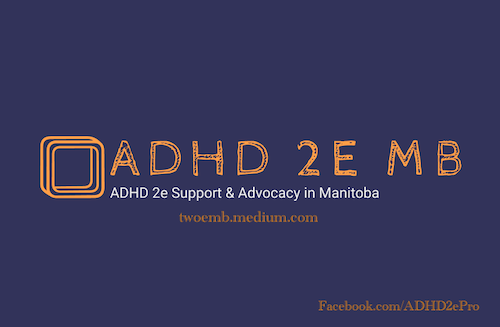This was a rough draft in preparation for a full blog post. Please read the full article here.
Manitoba’s New Indigenous Reconciliation Minister Defends Residential Schools
Dr. Alan Lagimodiere, the PC's new Indigenous Reconciliation and Northern Relations Minister, less than 10 minutes after being sworn in:
“…the residential school system was designed to take Indigenous children and give them the skills and abilities they would need”
Excuse me, "the skills and abilities? The skills and abilities?!"
Our new Indigenous Reconciliation and Northern Relations Minister just implied that Indigenous children were not developing skills and abilities in their own homes, with their own families, learning the languages of their families and communities, and practicing their own culture and traditions?
Did he actually say, "the skills and abilities?!"
The "skills and abilities" Indigenous children needed were to be ripped from their families, their homes, and their communities? Forced to cut their hair and speak English. Forbidden from speaking the languages of their communities and practicing their cultural traditions. Those "skills and abilities", sir?
Dr. Lagimodiere, exactly what "skills and abilities" did Indigenous children need to learn, and why was it necessary for them to be ripped from their homes and families to do so? When many Indigenous children were abused and murdered, who thought they were "doing the right thing"? Please, do tell us why the Indigenous Reconciliation and Northern Relations Minister was justifying the existence of residential schools and the people who allowed this to happen.
Dr. Alan Lagimodiere "...give them the skills and abilities they would need to fit in to society as it moved forward, so…"
"as it moved forward"? Yet another comment insinuating that Indigenous people were, what? "Behind the times"? What exactly did they need to "move forward" toward, Dr. Lagimodiere? Illness, abuse, and death at the hands of those who ran residential schools, that's what they moved toward.
Reporter: [garbled] “do you think that was the intention?”
Wab Kinew, leader of the NDP, and an honorary witness of the Truth and Reconciliation Committee:
“I cannot accept you saying what you just said about residential schools. It was the express intent of residential schools to ‘kill the indian’ in the child. It is not cultural relativism, it is not revisionist history, for us to say that that was wrong. Any right-minded person at the time should have known that it was wrong. Many did know and speak up against it. And if you are to take your job--that you’ve been appointed to by Mr. Pallister--seriously, starting today, you have to change that image.”
YES, sir.
Dr. Lagimodiere's response?
...
“I look forward to working with you in the future, as the leader of the opposition.”
...
That's it? That's all you have to say, Dr. Lagimodiere? No apology, no gratitude to Mr. Kinew for educating you on a topic you should have actually known something about before being appointed G-D minister?!
Wab Kinew:
[Who was way more gracious than Dr. Lagimodiere deserved, and much more poised than most would have been when faced with such ignorance in the exact position that requires this knowledge]
"We’ll give you a chance, but you can’t be out here defending residential schools if you want to work with Indigenous communities. ‘Killing the indian in the child’ was wrong. That’s what they talked about, at the time, when they were started, when they were run. We all know that that was wrong, so you have to move past that.”
And then...
(yes, unfortunately it does not get any better from here...)
The PCs have the nerve and the audacity to call out Mr. Kinew for correcting a residential school apologist?
As an Indigenous man and an honorary witness for the TRC, how could Mr. Kinew possibly stand by and listen to such harmful misinformation? How could anyone allow a statement that defended those who allowed residential schools to abuse and kill hundreds of Indigenous children to go uncorrected?
Did I mention that this statement came from the man who is supposed to be Manitoba's new Indigenous Reconciliation and Northern Relations Minister?! Dr. Lagimodiere doesn't even know the true history of residential schools! He didn't even think to study up before his little press conference? How can he possibly facilitate reconciliation when he is so ignorant, ill-informed, and un-educated?
I'd say I were surprised, but sadly, I'm not. I'm just angry, and Dr. Lagimodiere should resign immediately.
Please note: This was a rough draft in preparation for a full blog post. Please read the full article here.


















